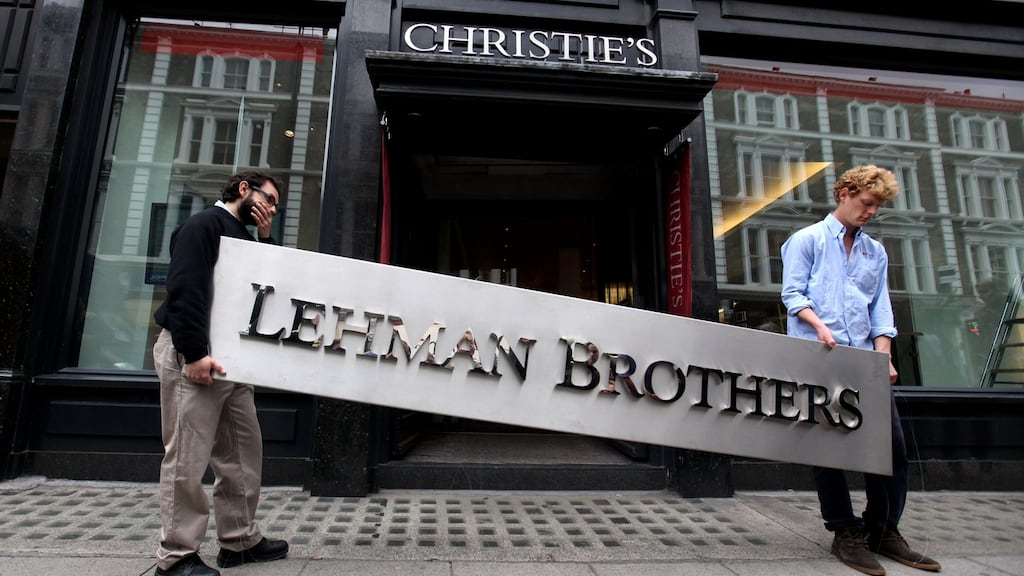Volatile stock markets enjoyed several large jumps last week, in no small part due to the US Federal Reserve’s half-point rate cut.
Markets love rate cuts – hence the old adage “Don’t fight the Fed” – but even before yesterday’s carnage, it was clear the latest one wasn’t necessarily cause for celebration.
Emergency rate cuts outside scheduled meetings are rare and only happen in times of obvious turmoil. Look at the last seven instances – October 2008, following the collapse of Lehman Brothers; January 2008 and August 2007, when authorities tried in vain to prevent the global financial crisis from deepening; September 2001, after the 9/11 terrorist attacks; January and April 2001, in the middle of a recessionary bear market triggered by the dotcom crash; and October 1998, prompted by Russia's financial crisis and the collapse of the Long-Term Capital Management hedge fund.
Six and 12 months after those emergency cuts, the S&P 500 endured median price drops of 4.3 and 9.2 per cent, notes Deutsche Bank's Jim Reid – significant underperformance, given stocks usually enjoy healthy gains.
The Fed meets again this week, but evidently decided it couldn't afford to wait before cutting. As CNBC TV personality Jim Cramer put it last week, "it's great that the Federal Reserve recognises that there's going to be weakness, but it makes me feel, wow, the weakness must be much more than I thought".















